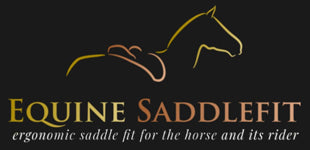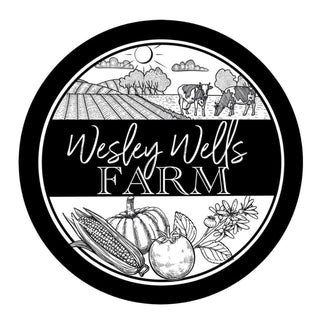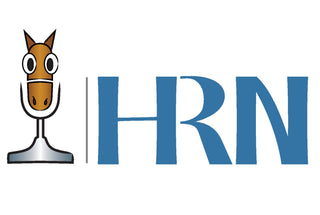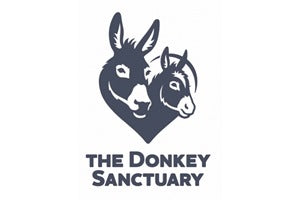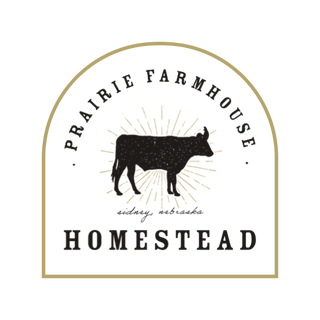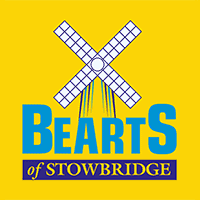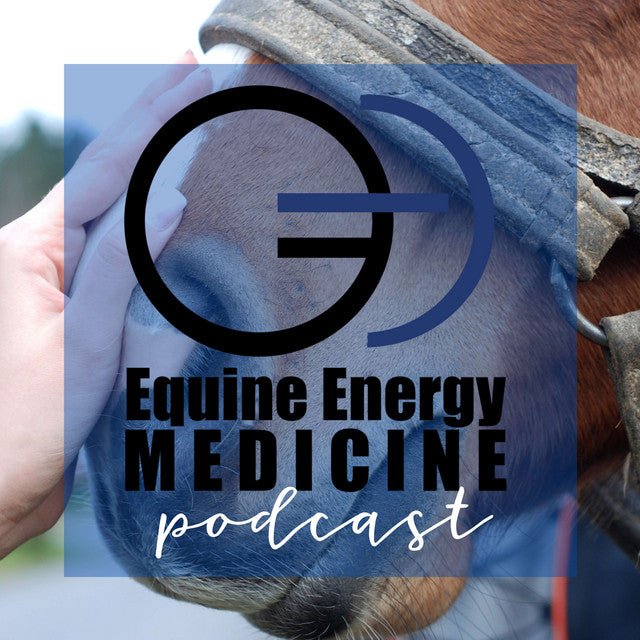
Understanding the language of horses isn't just about becoming a better trainer or owner; it's about building a bond that goes beyond our day-to-day interactions.
When we begin to "think like a horse," we uncover a world where communication flows, misunderstandings are minimized, and respect is mutual.
In this blog post, we’re going to look at five critical insights that will get you started (or remind you) on why it’s so important to think like a horse, paving the way for a relationship marked by trust, safety, and mutual respect!
Put Yourself in Their (Horse) Shoes
To truly connect with a horse, we have no choice but to see the world through their eyes. Horses are prey animals, and their perception of the environment is vastly different from ours. This is something we tend to forget.
Understanding this perspective is crucial for effective communication and training. When we grasp how horses interpret their surroundings, their reactions begin to make sense, allowing us to adjust our approach.
Tips for empathizing with your horse:
- Spend time observing your horse in different settings to understand their reactions.
- Approach training sessions with patience, acknowledging your horse's natural instincts and fears.
- Use positive reinforcement (cookies, scratches, praise) to encourage curiosity and exploration, reinforcing trust.
Remember, understanding is the cornerstone of effective horsemanship. By adopting a horse's viewpoint, we can create a foundation of understanding and respect.
Thinking Like a Horse Improves Safety Practices

One of the most compelling reasons to adopt the mindset of "thinking like a horse" is safety. Both horses and humans can find themselves in dangerous situations when there is a failure to communicate effectively.
Understanding the signals a horse sends out is crucial for preventing accidents and ensuring a harmonious environment.
Strategies to anticipate and avoid explosive reactions:
- Learn to read your horse's body language thoroughly. Tension in the body, ears pinned back, or a swishing tail can indicate discomfort or irritation.
- Always approach your horse in a calm and predictable manner to avoid startling them.
- Develop a routine that includes safety checks and a consistent approach to handling and training to minimize surprises.
Common misunderstandings and their consequences:
Misinterpreting a horse's behavior can lead to incorrect handling techniques, escalating an already tense situation into a dangerous one. By understanding that a horse's first instinct is to flee from perceived threats, you can adjust their approach to be less intimidating and more reassuring.
Minimizing Stress for You and Your Horse
I’m guessing you probably have some type of emotional bond with a horse, whether it be one you own, lease, or ride in lessons or for fun! You’ve also probably heard that your horse is a reflection of your inner state. This is incredibly accurate.
Stress, whether it’s coming from you or your horse, can significantly impact your relationship. It's essential to recognize when your emotions are affecting your horse and learn to manage them effectively.
I know, I know - easier said than done!
Techniques for managing your stress in the presence of horses:
- Practice mindfulness and deep-breathing exercises before and during your interactions with your horse.
- Maintain a positive and calm demeanor, regardless of the situation, to help your horse feel secure.
- Recognize the signs of stress in yourself and take a step back when necessary, ensuring that your interactions with your horse are always positive.
Signs of stress in horses and how to alleviate it:
Horses express stress in various ways, including pacing, sweating, or showing an increased heart rate. If your horse is constantly moving away from you, use this as an opportunity to check yourself.
Side note - My daughter works with an extremely sensitive and energy-receptive OTTB mare. If I reach up to pet her and she pulls her face away, I know immediately that I need to have a look at my energy and regroup.
Learn to read yourself, and your horse, so you can have better interactions more often!
Building Confidence through Consistency

A horse's confidence is rooted in predictability and understanding. Just as we find comfort in routines, so do horses. They thrive on consistency because it gives them a sense of control and security in their environment.
Training that aligns with a horse's natural behaviors and instincts not only yields more enduring results but also supports a confident, well-adjusted horse.
Tips for consistent and effective horse training:
- Establish a routine that includes regular feeding, grooming, and exercise times. This predictability helps build trust and security.
- Use consistent cues and responses in your training. If the meaning of a command keeps changing, it can confuse your horse and erode trust.
- Acknowledge and work within your horse's natural instincts. For example, use their strong herd instincts to your advantage by training in a familiar, social environment.
If you’ve ever trained a horse, you know that there’s so much more to it than this. All horses are different, and there are plenty of nuances that come along with the above tips.
But this is a great place to begin!
Building confidence in your horse creates a foundation of trust and predictability that enables them to feel safe and secure in their relationship with you.
Preserving the Spirit of Your Horse

This is a big one, so I’d like to shout it loud enough for the people in the back; the goal of training should never be to break a horse's spirit.
Instead, training should be about guiding and molding their natural energy and personality into a cooperative partnership.
A horse with spirit is engaged, lively, and full of personality—a joy to work with and be around. Preserving this spirit means respecting their individuality and finding ways to let their true selves shine through.
Strategies for encouraging personality and spirit:
- Focus on positive reinforcement to reward good behavior. This encourages your horse to repeat those behaviors without fear of punishment.
- Allow for free time where your horse can just be a horse. This can include turnout time with other horses where they can play, explore, and socialize naturally.
- Tailor your training and interactions to suit your horse's unique personality. Some horses may thrive on challenge and variety, while others prefer a more gentle approach.
Understanding that you need to keep your horses’ spirit intact is essential. If you take this approach to training and building your partnership, you’ll create a relationship built on mutual respect and understanding.
This not only makes for a happier horse but also enriches your own experience. I promise you, it will be incredibly rewarding!
Practical Tips for Thinking Like a Horse
Embracing the perspective of your horse isn't just a philosophy; it's a practice that can be integrated into your daily interactions and care routines. By adopting a mindset that prioritizes empathy and understanding, you can significantly improve your relationship with your horse.
Here are some actionable tips to help you think more like a horse and foster a deeper connection.
- Daily Observations: Spend time each day simply observing your horse in their natural environment. Note how they are with other horses, their body language, and how they respond to different situations. This practice helps you understand their preferences, fears, and social dynamics.
- Mindful Handling: Every interaction with your horse is an opportunity to strengthen your bond. Approach them calmly, always signaling your intentions through your body language and voice. Ensure that your actions are consistent and predictable to build trust.
- Responsive Riding: When riding, be attentive to the feedback your horse is giving you. Are they tense or relaxed? Do they respond better to certain cues? Adjusting your riding style or groundwork practices to suit your horse's needs and comfort level shows respect for their individuality.
- Environment Enrichment: Create an environment that stimulates your horse's natural behaviors. This includes providing opportunities for foraging, social interaction, and exploration. An enriched environment keeps your horse mentally and physically stimulated, reducing stress and behavioral issues.
- Education and Empathy: Continuously educate yourself about equine behavior, psychology, and care. The more you understand about horses, the better equipped you'll be to meet their needs. Empathy grows from knowledge and understanding.
Every Horse Brings a Different Journey

Thinking like a horse is a journey that leads to a connection.
It challenges us to see the world through their eyes, to feel their joys and fears, and to respond with compassion.
By embracing these insights, we not only improve the welfare of our horses but also enrich our own lives with more meaningful and fulfilling equine relationships.
Horse ownership and training are about partnership. When we commit to thinking like a horse, that dedication resonates in every shared moment.




